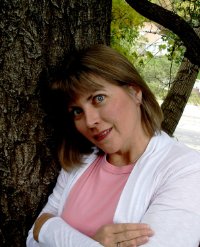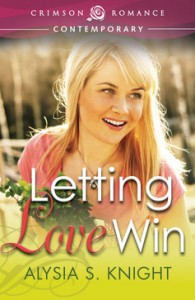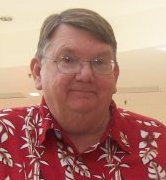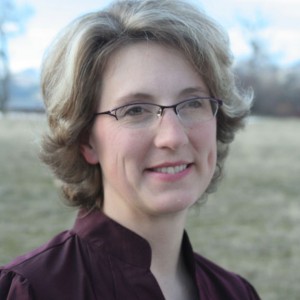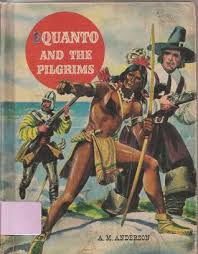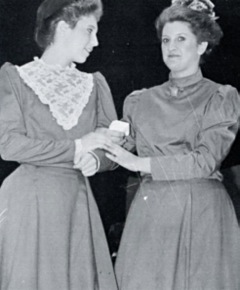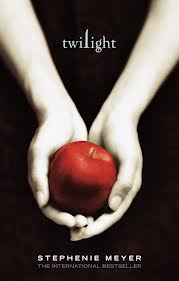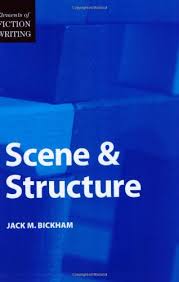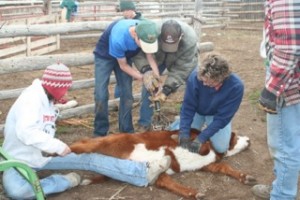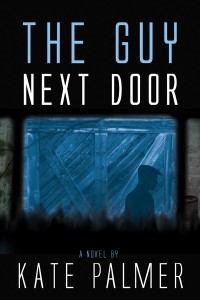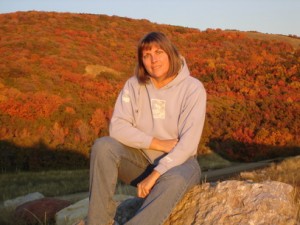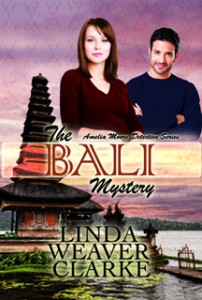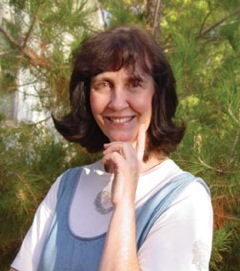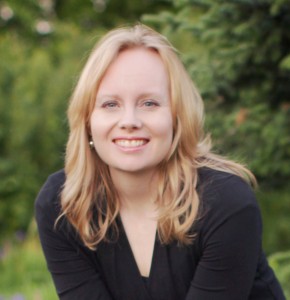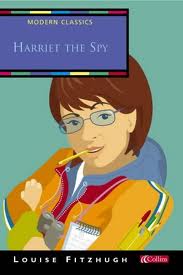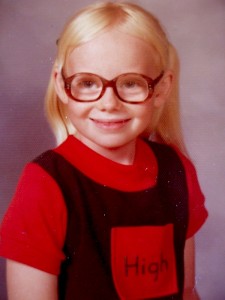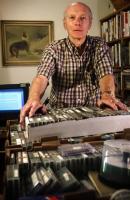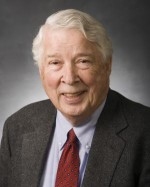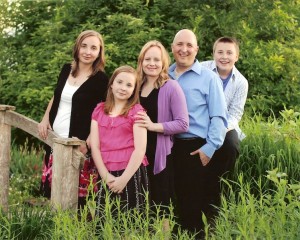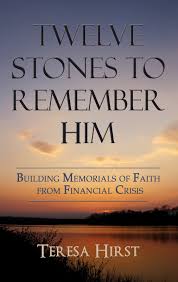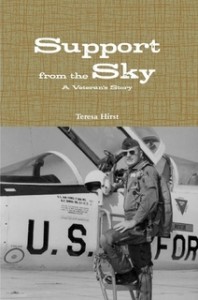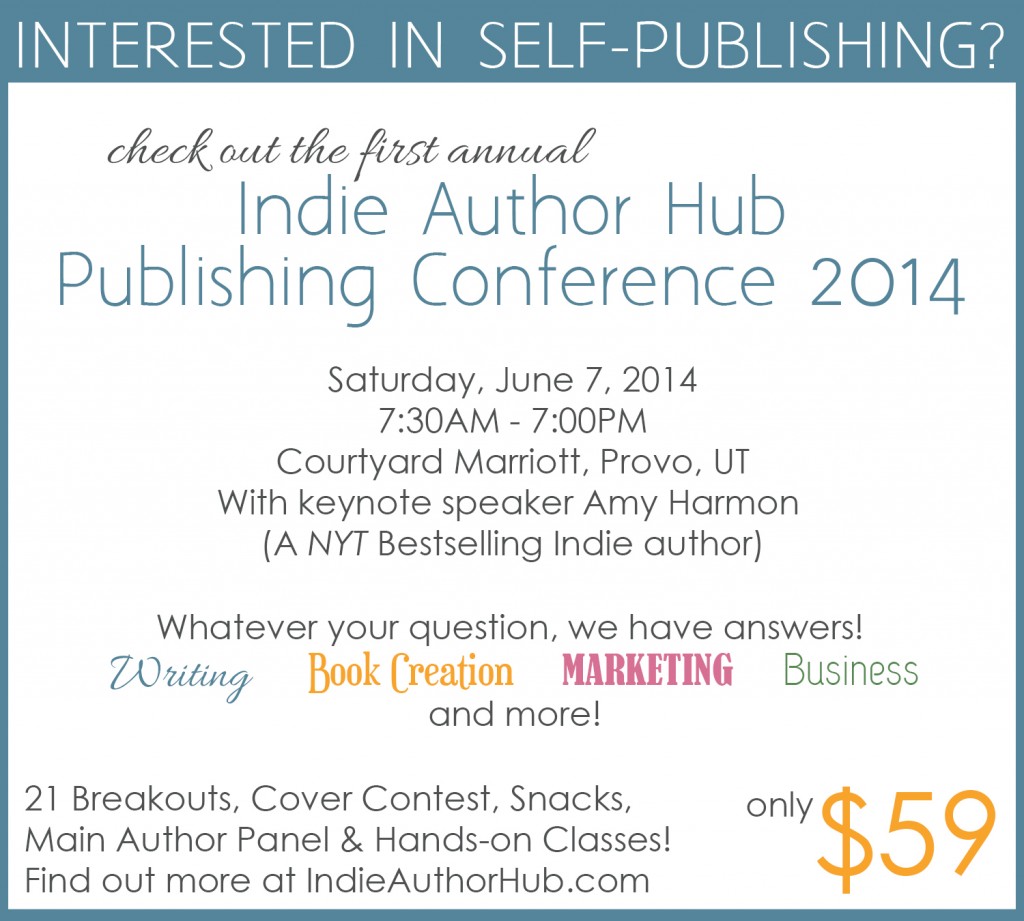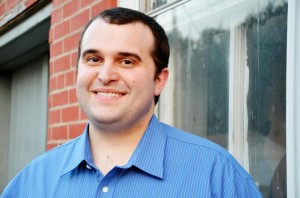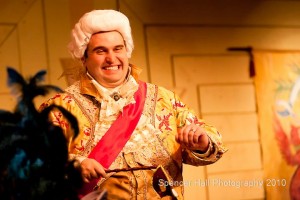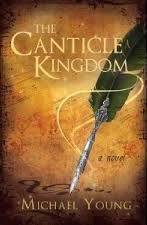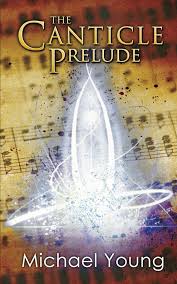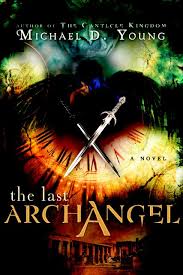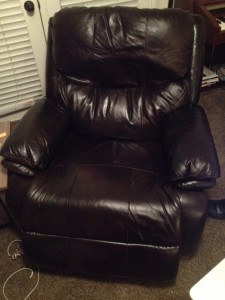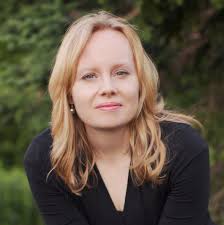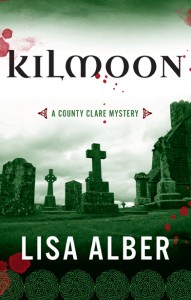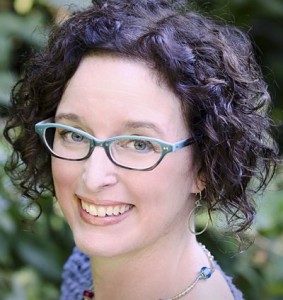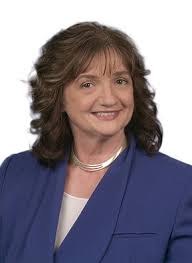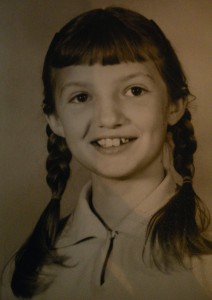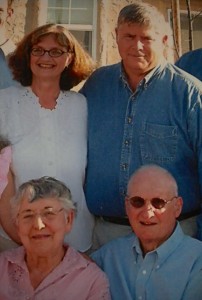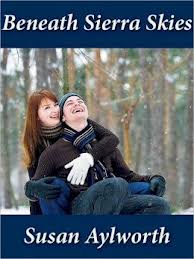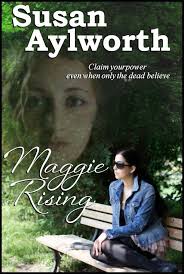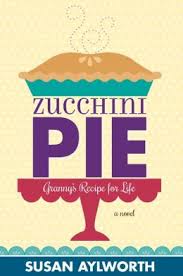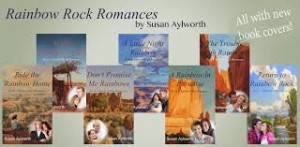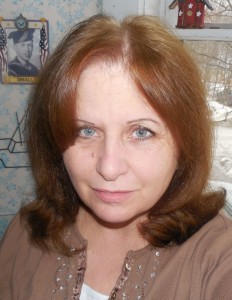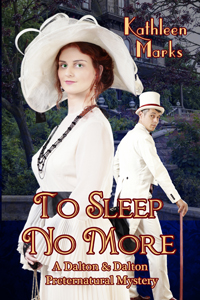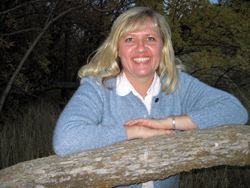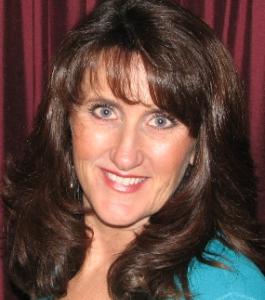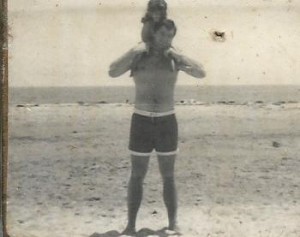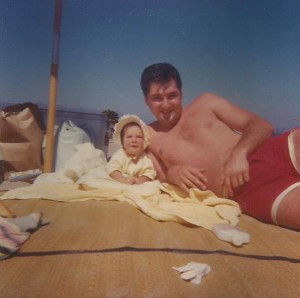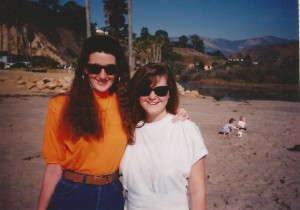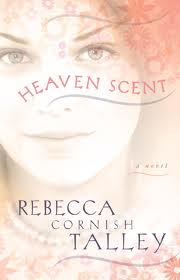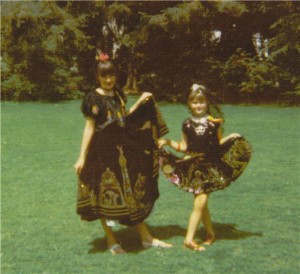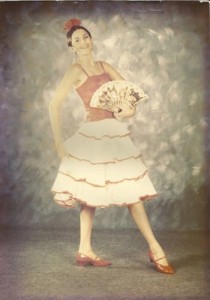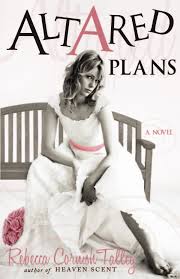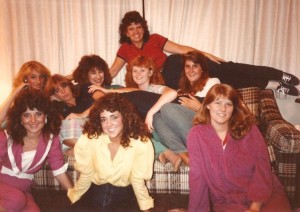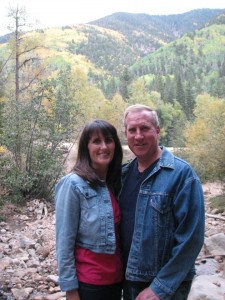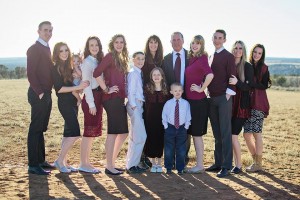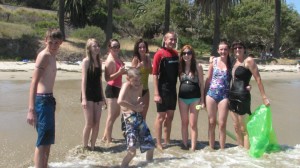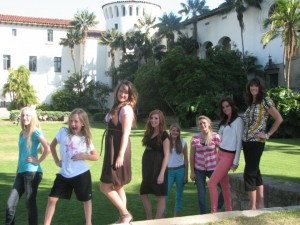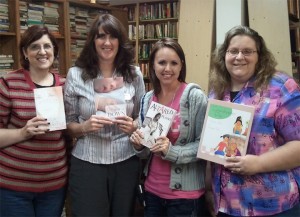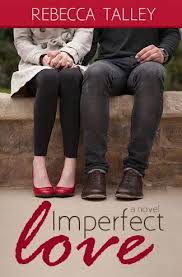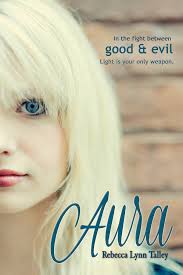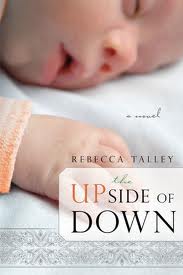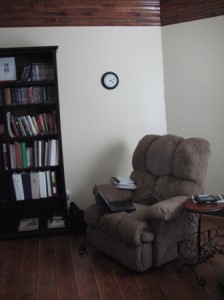Alysia Ricks writes under the pen name Alysia S. Knight. Why? Believe it or not, I forgot to ask her, but I do know one other thing about her that doesn’t come out in the interview below: she once had to have a pap smear by flashlight when the power went out. Ugh! What kinds of stories does she write? Ones with heroes for all times, whether it’s a sweet romantic suspense, a YA, or an adventure story.
ME: What were the best and the worst parts about growing up in Wyoming? And how does Wyoming figure into your love of travel today? (I’d love a picture of you as a young girl there.)
ALYSIA: Unfortunately I don’t really have any pictures of me little. (Okay, either she didn’t like the way she looked or her parents were too busy to take pictures…too bad either way.)
I enjoyed growing up in Wyoming. My parents loved the outdoors so I spent a lot of time in the mountain. We camped, hiked, fished. (Yep, sounds like they were too busy. :D) I went with them when they went hunting, though I never hunted for myself.
We also collected rocks and fossils which flowed over into vacations. I have panned for gold, garnets and sapphires in Montana. I’ve also dug opals in Idaho and picture mud in Oregon, plus many more things.
(I’ve got to admit I’ve never heard of picture mud before, but here’s a couple of visuals for you…if this is what she’s talking about.)

 (I’m not sure why you’d want to dig this stuff up, except the different textures are interesting…Any comments, Alysia? Am I totally off base?)
(I’m not sure why you’d want to dig this stuff up, except the different textures are interesting…Any comments, Alysia? Am I totally off base?)
NOTE: Since I first posted this, Alysia clarified that the substance she was digging for is basically petrified mud and is called Biggs Jasper. Here’s what it looks like:
 (Now that looks like something worth digging for!)
(Now that looks like something worth digging for!)
ME: Going on, you say you are the writer who hated English and can’t diagram a sentence to save yourself. Why did you become a writer, and when did you know you would be one? Was there a particular person, whether it’s an author or a teacher, who influenced you in this direction?
ALYSIA: Though no one knew it, I actually started writing my own Hardy Boys books in Jr. High and High School, my favorite thing to read growing up. (Me too!…at least in Jr. High) Unfortunately, I thought it sounded foolish for me to want to be a writer, especially being English challenged.
(We know better now, don’t we? No dream is foolish.)
I didn’t start writing again, besides the occasional poem, until I was almost thirty. I read a five book series and was really enjoying it until I got to the last book. In it the main character did this big flip from the first four. By the end, I was so disgusted and upset I remember throwing the book down and saying I can write a better ending than that.
I sat down and wrote My Lady. I still really love the story. I’m debating on putting it up for a free read either on my website or somewhere. (Please do.) The blurb for it is – Things are not always as they seem, and love can’t always be denied, but it can be a great adventure if you survive. Obviously, by the way Lady Aliea made her way to the court dressed as a boy she doesn’t quite see herself as a proper young woman for the prince to want to marry. Falling in love with Prince Jonathan causes endless problems for their friendship, especially when someone wants Jonathan dead and Aliea for himself.
After that, writing became my sanity. I finished a couple more books and was starting to get more serious about my writing so I went to a workshop. There someone said, “If you want to write you should read 2,000 books.” I took that literally and in the next two years read close to 2,000 books. (Now that’s dedication, and only goes to show that people do listen at these workshops.) Yes, that is about three a day.
I didn’t sleep much in those two years, and I didn’t write either. I would not suggest this to anyone. I learned a lot, but the main thing, besides that fact of barely surviving, was – If I read, I don’t write. Now reading is my reward to savor when I finish a goal. (Much better plan.)
ME: When and how did you discover your love of painting? And if you had to choose between painting and sports, which would it be and why? (Please provide a picture of one of your paintings… or of you playing a sport.)
ALYSIA: I don’t think I could choose between the two, they are both part of me. I grew up playing sports and still continue. I started painting for an ‘out’ after my first daughter was born. Also, my father, who was in his seventies, had just started painting and I decided if he could do it, I could too. My father was a talented ‘Jack of All Trades’ type man. (It certainly sounds like it. What? No picture again? I’m beginning to wonder if you have something to hide.)
ME: How did you meet your husband, and what job was it that took him to forty countries? Also, of all the countries you’ve visited, where have you had the most memorable (either good or bad) experience? (And I must have a picture of the two of you traveling together.)
ALYSIA: My husband and I met in college. He’s was a mechanical engineer and did automotive R&D, which had him traveling to Europe for a while. Then he got his masters in business and became a project manager with the Asia-Pacific area.
I have been to some wonderful, beautiful places; met some great, very nice people. It is really hard to pick one. Phuket Thailand was amazing with Phang Nga Bay where you’ll find James Bond Island (featured in “The Man With the Golden Gun”). Wow! I would love to go there again. I wrote a book there, hopefully it will be out next year.
Also, Angkor Wat in Cambodia, it is spectacular. One of the places I always dreamed of going and it didn’t disappoint. I love old ruins.
(Love this root system among the ruins!)
(Anyone else notice that when it comes to places pictures aren’t a problem? I say she’s either shy, or her husband’s actually a covert operative. :D)
ME: You’ve piqued my interest about your trip with your son deer hunting. Which son was this? Please provide a brief version of what happened. (And a photo, if possible…not holding my breath on that, though.)
ALYSIA: It was my oldest son’s first deer hunt, and he was twelve. He’d been out a couple times and they hadn’t got his deer. It was the last day he could go out and no one else could go out with him, so it was just us two. We were out hiking the hills about forty miles from our house. I suggested we go to an area where I thought I saw a buck a couple of days earlier. (I’ll add that no one believed I saw a buck that size in that area. I was on my own at the time scouting.)
Anyway, we spooked out this deer, a nice size four point. I’ll add here that, the way we term it, that’s four on each side. My son makes the shot and brings it down. The problem is: it’s a big deer, and the thing slid down in some brush when it dropped because we were on a steep hill. We had no cell phone connection, it was going to start getting dark in a half hour, and all we had to do was get it over a thirty foot drop. We had to decide- do we clean it first or try to get it down the drop and part way off the hill before dark?
We went with moving it because I didn’t want to face the drop in the dark. (Smart move!) So we belayed this deer down the shale-covered hill with my son, who was twelve, and his friend, who was eleven, on the rope, and me doing what could best be called a controlled slide with the deer because my son was afraid of getting the antlers broken.
Luckily, we got it to the bottom and far enough down the hill that we could call his cousin, who came up with a four wheeler, helped clean it and took it the rest of the way down.
(YAY! Now that’s what I call “tough mothering.”)
It really was an adventure. My son was extremely proud because he got the biggest deer of anyone he knew that season. Yes, he mounted the antlers and hung them on his bedroom wall, and yes, they are still there.
(So, where’s the picture to prove this story?)
ME: How long have you been writing, when was your first book published, and how does it compare with what you’ve produced since? Exactly how many books have you had published and how many novel-length manuscripts have you finished?
ALYSIA: O boy, this is a loaded question. I’ve been writing for over twenty years now, getting serious the last five. I didn’t start trying to publish until about then. My first book was published almost two years ago, LETTING LOVE WIN.
I have three books out right now, PAST TO DIE FOR and TEMPERATURE RISING being the other two. They are all sweet romantic suspense. Actually, I just finished my twenty-third full length manuscript. (I’d say you’re prolific!)
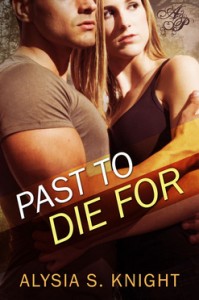
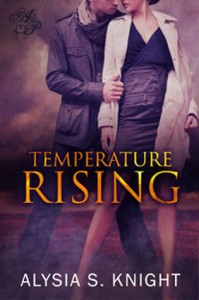 ME: You specialize in sweet romantic suspense, but also write YA and adventure. What do you think of the YA genre as it currently stands? What’s good about it and what’s not so good?
ME: You specialize in sweet romantic suspense, but also write YA and adventure. What do you think of the YA genre as it currently stands? What’s good about it and what’s not so good?
ALYSIA: I actually haven’t tried to publish any of my YA as of yet. Hopefully I will soon. I love writing YA and reading it. I think there needs to be more good winning over evil, standing up for what is right, and adventure in life. I loved to escape into it and think that is still needed for youth and everyone today. I believe that is why so many, shall we say, non-YA read YA.
ME: What are you working on now and how would you describe your writing process?
ALYSIA: I guess every writer has to do an Altantis story (Really? I guess I’d better get busy), so I just finished mine. My hero, Jareon follows an escaped criminal, Lysias, who tried to take over their world, to earth. Jareon knows he will never get to return home but what he doesn’t know is that in giving up his world he finds his destiny and love. Now he just has to keep her safe, stop Lysias, and survive. It was a really fun book to write.
For my next book I’m just starting a suspense that is a sequel to my novel Whistleblower, which hasn’t yet been published. It is called Mindblower. Zack, the twin brother of the hero from the first book, is pulled in to rescue Skye, a remote viewer for the government whose handler is selling her out to a drug lord in a foreign country when her project is terminated.
ME: Finally, please describe your writing space in the voice of one of your main characters. (And I must have a photo of said space, whether it’s an office, a meadow, or a chair.)
ALYSIA: Since I’m living in Skye’s world right now I’ll let her tell you.
For a moment Skye drifted then the images cleared around her. Light filled the room. It was comfortable, a large desk was centered one wall, position so the person sitting at the desk could turn and gaze out the window easily. The wall over the desk held several framed letters but what drew her attention was the collage of picture, mountain scenes, sunsets, and tigers interspersed with what had to be family. There were plaques with quotes on believe, dream and reaching you mountains, but there was no one there.
She made her way back down the hall, down the stairs, toward the back of the house reaching where the oak table sat in a bay window between the kitchen and family room it showed more signs of activity. An open bag of mini M & M’s, a power cord and mouse, plus pile of hand written note cluttered the end of the table in front of the window.
(Yes! M&Ms. I knew I liked you, Alysia, even without the people pictures.)
Skye looked around the room then out the window to find the person she’d been searching for sitting on the deck. A young yellow lab leaned against her leg. Her attention focused on the laptop in front of her. Her fingers moved over the keyboard, paused then continued. She was definitely not a fast typist, but she smiled at whatever it was she was writing.
Skye moved forward and glanced down at the page to find her name there and prayed this woman could really see her safe. Skye’s mind slipped free, racing back over the miles to her small room that was turning into her prison.
“Please, let someone help me.” The words escaped her as the image a Zack Masters filled her mind. Could he really be the hero coming for her, or was it all a fantasy.
(Nice!)
You can read a lot more about Alysia on her website, and her books are available on Amazon.
Next Wednesday, I’ll be talking with Arizona writer, Virgil Alexander, who combines his love of history with his mystery novel writing.
Originally posted 2014-04-30 14:32:53.

